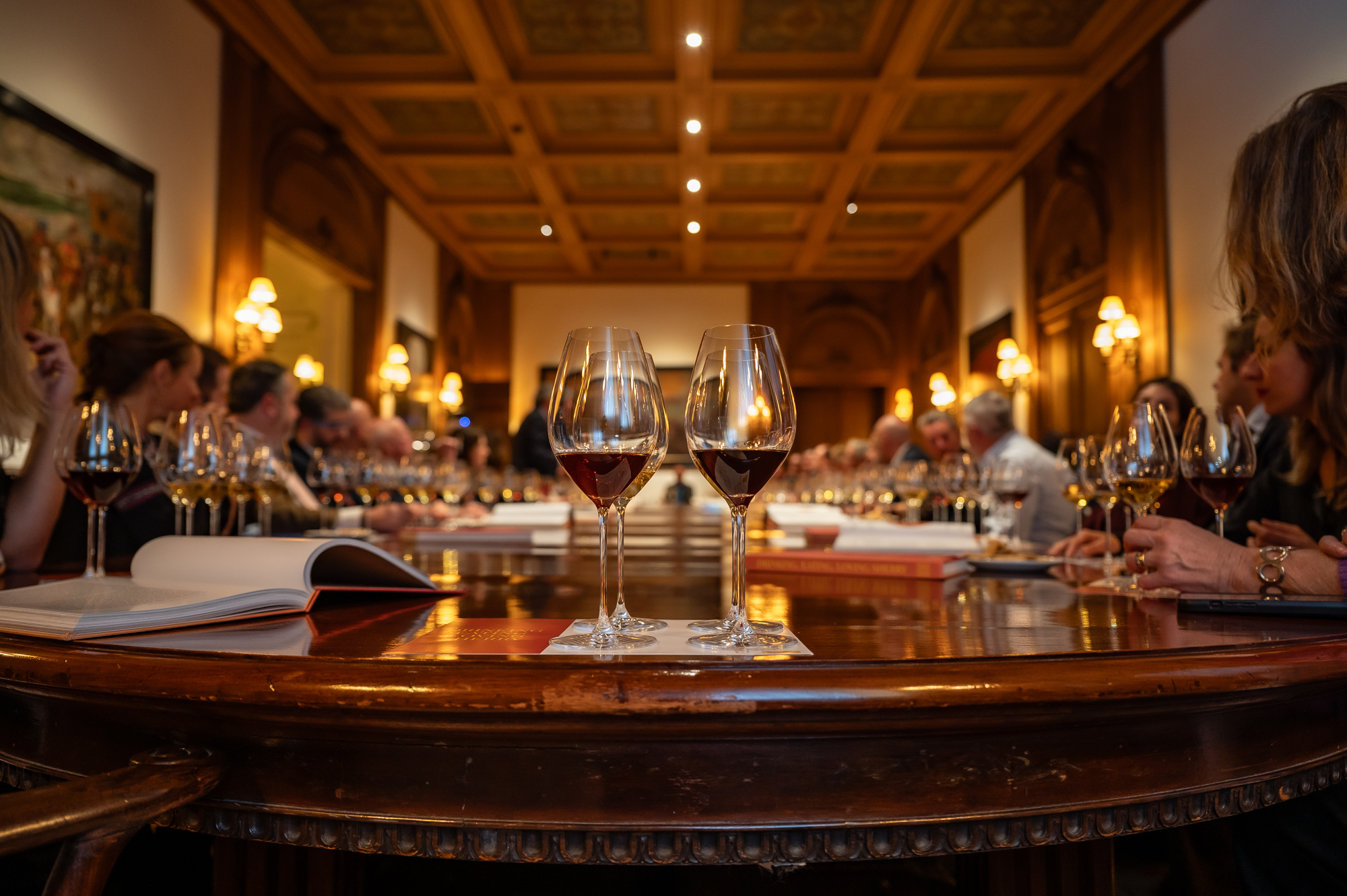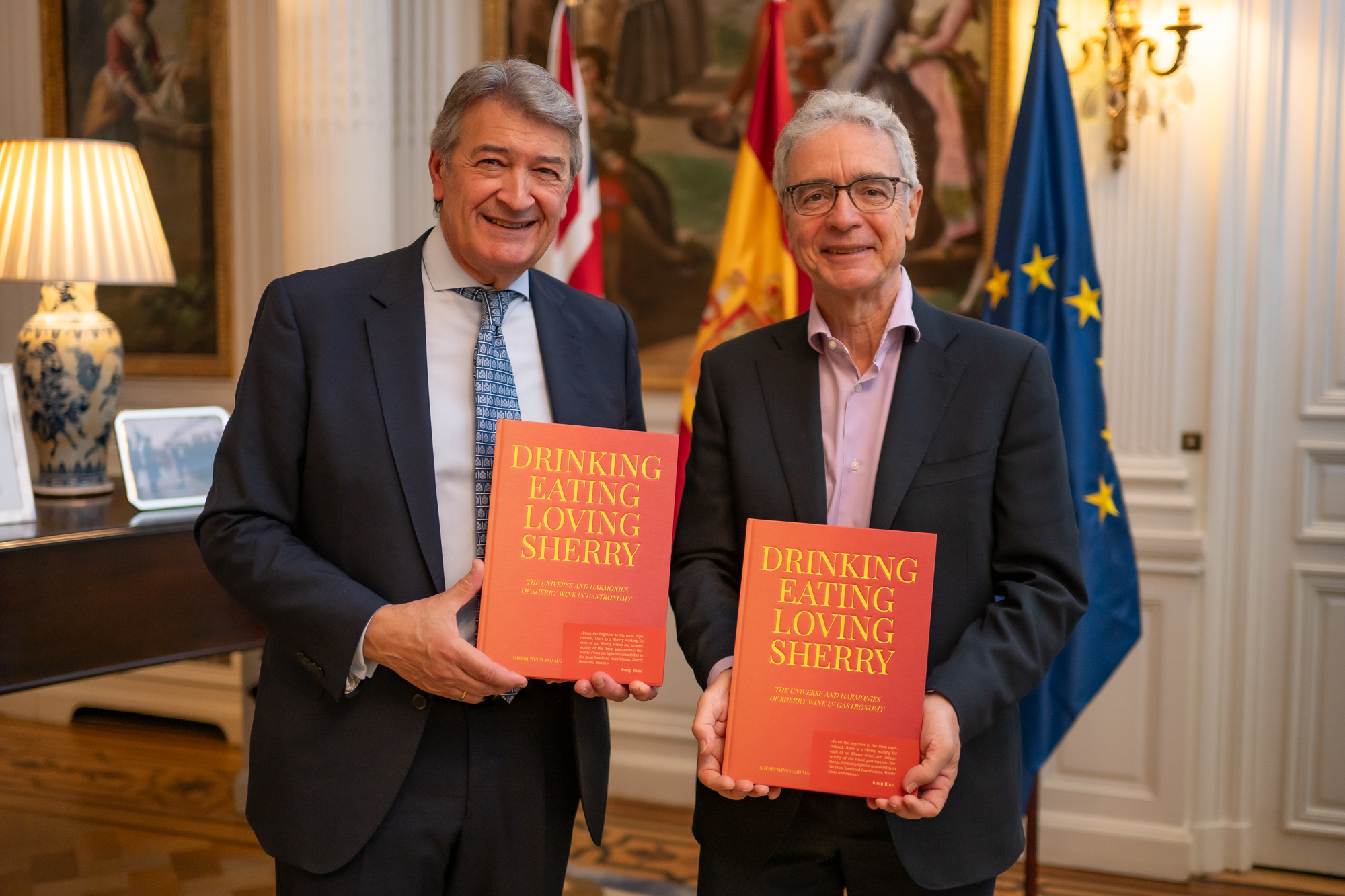Sherry Week celebrates gastronomic potential of historic wines
Worldwide events, including the launch of a groundbreaking new book, marked Sherry Week with a focus on gastronomy.

For many bars, restaurants and wine shops around the world, Sherry Week is now a highlight of the calendar. Taking place at one of the last moments before the festive rush hits, it is a great excuse to celebrate an important category. It also cannot hurt that Sherry is often considered a wine lover’s wine.
Certainly, the 11th edition of Sherry Week, which took place between 10 and 14 November, demonstrated the event’s long-lasting appeal. It saw more than 3,000 events take place across 29 countries. The global reach was impressive, with events as far flung as Japan, Columbia and the US. The leading participant, however, was closer to Sherry’s Spanish home: the UK hosted a record-breaking 829 events.
Naturally, one of the key successes of the week was reaching thousands of consumers through in-person events, persuading them of Sherry’s quality. There was also a notable uptick in social media activity – with a reach of 8.5 million accounts – that further spread the message.
However, there was a more specific message than simply leading people to drink more Sherry. The team from DO Jerez made the case loud and clear for Sherry’s gastronomic potential.
Making the case in print
Nowhere was this clearer than at the London launch of a new book dedicated to the close relationship between Sherry and food. Drinking, Eating, Loving Sherry: The Universe and Harmonies of Sherry Wine in Gastronomy was presented at two events: a lunch at historic London restaurant Quo Vadis and a reception at the Spanish embassy.
The two events neatly summarised the book’s proposition: it explores the myriad ways Sherry can interact with food while also recognising the importance of the wine as an emblematic Spanish product. As one of the earliest legal denominations for Spanish wine, Sherry has embedded itself in both Spanish food culture and Spanish culture more generally.

Featured as contributors are chefs representing the very best of Spanish cooking, including Ferran Adrià, Oriol Castro, Andoni Luis Aduriz and José Andrés, along with top Spanish sommeliers such as Josep Roca and Ferran Centelles. They are joined by experts offering an international perspective: Jancis Robinson MW, Doug Frost MW and Francois Chartier among them.
Its content is suitably wide-ranging. From explorations of 19th Century history to pairing with haute cuisine, the coalition of authors makes a comprehensive survey of Sherry’s relationship with food. Throughout, they combine irrefutable expertise with personal anecdotes to emphasise the relevance of Sherry in the 21st Century.
Partner Content
As César Saldaña, President of the Consejo Regulador Jerez-Xérès-Sherry points out, that relevance has to be stressed to reach the general public.
“Sherry is yet to be discovered by a generation of wine lovers,” he says, “and Sherry Week offers wine lovers the opportunity to discover sherry, perhaps for the first time. From fino to oloroso, it’s time to reconsider Sherry and rightfully reposition Sherry as one of the world’s great wines.”
A groundbreaking competition
One particular focus in Drinking, Eating, Loving Sherry is the Copa Jerez. The biennial competition challenges sommeliers and chefs to collaborate on a menu, showcasing Sherry wines paired with the highest quality of cooking.
Its premise may seem obvious now – the wine trade has been persuaded of the gastronomic potential of Sherry – but 20 years ago the competition was a radical proposition. As a wine that (in export markets at least) had struggled with declining sales and an old-fashioned reputation, Sherry’s pairing with haute cuisine in 2003 was a radical move.
The contest, however, has gone from strength to strength. At the most recent international final, in 2023, eight countries competed for the title.
Denmark won with a team from Copenhagen restaurant Parsley Salon. Their pairings included a dish of poached prawns, pickled rye, celery, sea lettuce and sisho accompanied by Manzanilla; and caramelised fig and toasted butter flavoured ice cream alongside peanut praline and sea salt, matched to a 20-year-old Pedro Ximénez.
“Copa Jerez has become much more than a simple wine-pairing contest,” says Saldaña. “Over these twenty years, the countless activities related to Copa Jerez Forum & Competition at an international level have constituted a growing and relentless tide of enriching experiences for sherry and its producers, always with gastronomy as a fertile territory to discover and enjoy these unique wines.”

Related news
Castel Group leadership coup escalates
For the twelfth day of Christmas...
Zuccardi Valle de Uco: textured, unique and revolutionary wines




